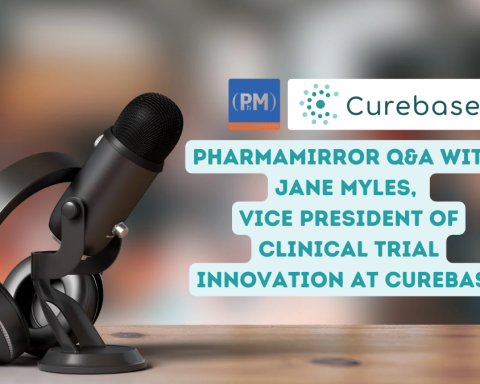From 2019, pharmaceutical organizations will be expected to prepare plain-language summaries (PLSs), but creating these will not be a simple task. Pooja Phogat & Vidhi Vashisht of Kinapse examine the challenges companies face and explain why companies need to act now.
From next year, life sciences companies will need to compile plain-language summaries (PLSs) for all Phase 1–4 interventional trials that can be easily understood by the general public, to comply with regulations for greater transparency and harmonization in the industry.
The EU Clinical Trials Regulation 536/2014’s (EU CTR Article 37) demand for plain English synopses will bring specific challenges. Reports must now be written that are totally understandable to the general public, the vast majority of which will have no prior knowledge of the trial, as well as meeting the needs of trial participants and clinicians.
The Catalyst for PLSs
The majority of companies can understand why plain-language summaries are important. They will be made available in the European Medicines Agency’s designated central EU portal in a format understandable to a lay person that provides unambiguous, factual information. As well as being open to doctors, researchers and those who have taken part in clinical trials they can also be read by the general public, who may have a personal or family interest in certain trials.
Being more transparent will enhance external engagement in the research being done by companies and at the same time garner public trust. It will also provide a way of sharing information with other teams to accelerate research progress. Trial subjects will be better able to understand the research they have contributed to and patient advocacy groups can more easily monitor how research on a condition is moving forward without having to submit the request to companies, which can be time-consuming.
Given that these trial summaries may be the only ones that people read, the challenge is to make them succinct and easily understandable without being in any way misleading or inaccurate.
The Question Accountability
At no point has the EMA said it will check summaries before they are published. This means that companies must make sure they have created their PLSs in accordance with EMA guidelines.
This effort for a best practices standard applies to every market in the EU that drugs are being sold. This will mean that local language versions of PLSs will be required. Where translation is required care must be taken to ensure that the original meaning of the PLSs are maintained.
PLSs, however, are not within the experience remit of most companies, who normally produce reports for a knowledgeable, scientific audience. It is important, therefore, that the PLSs are carefully compiled so that a company isn’t at risk of losing respect because it inadvertently positions a drug in an unsuitable manner, for example.
Companies also need to look at putting in place standard operating procedures (SOPs) for handling and processing PLSs, building templates for formulating the content. Teams also need to be trained in how to put PLSs together to fit the EMA’s guidelines. To streamline the process, the EMA recommends companies engage with patients who can provide feedback at the initially creation stages of PLSs.
The clock is ticking. Companies should start preparing now for PLSs before the regulation comes into force. The move to producing plain-language summaries for clinical reports will be exhaustive and getting behind the curve now will cause problems down the line. Especially as the US FDA is looking to follow in the EU’s footsteps. Companies that get efficient PLS processing in place will be in a prime position to benefit from other international markets in the future.








